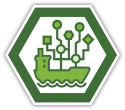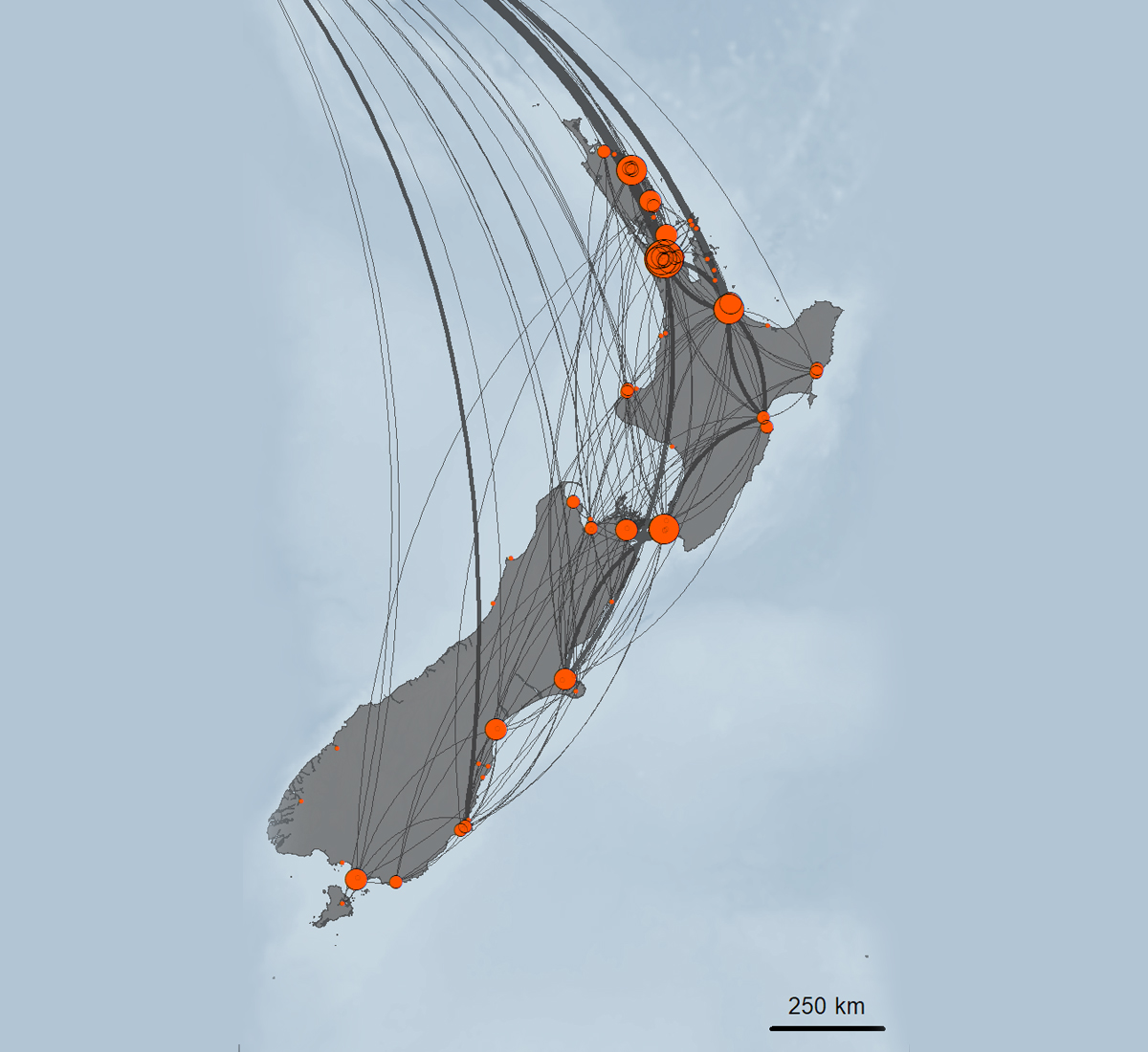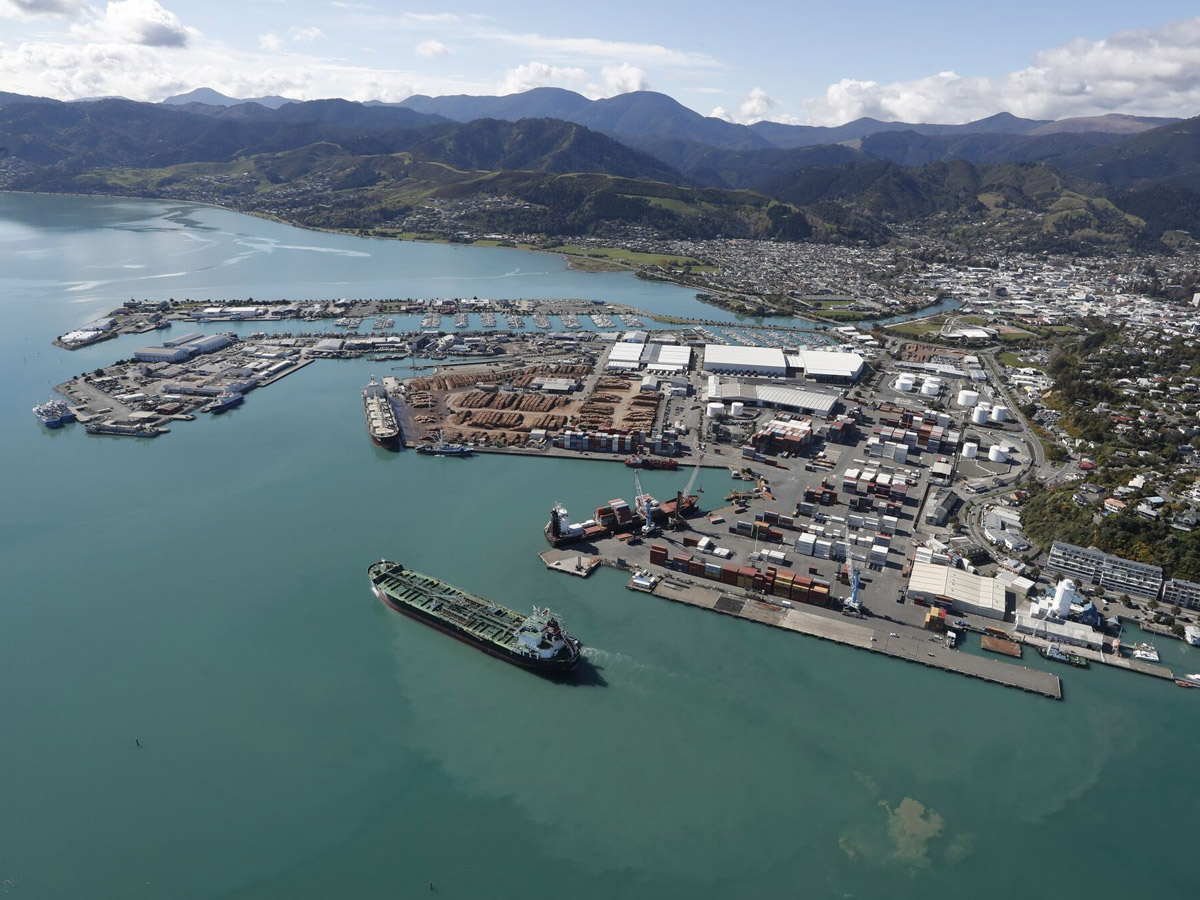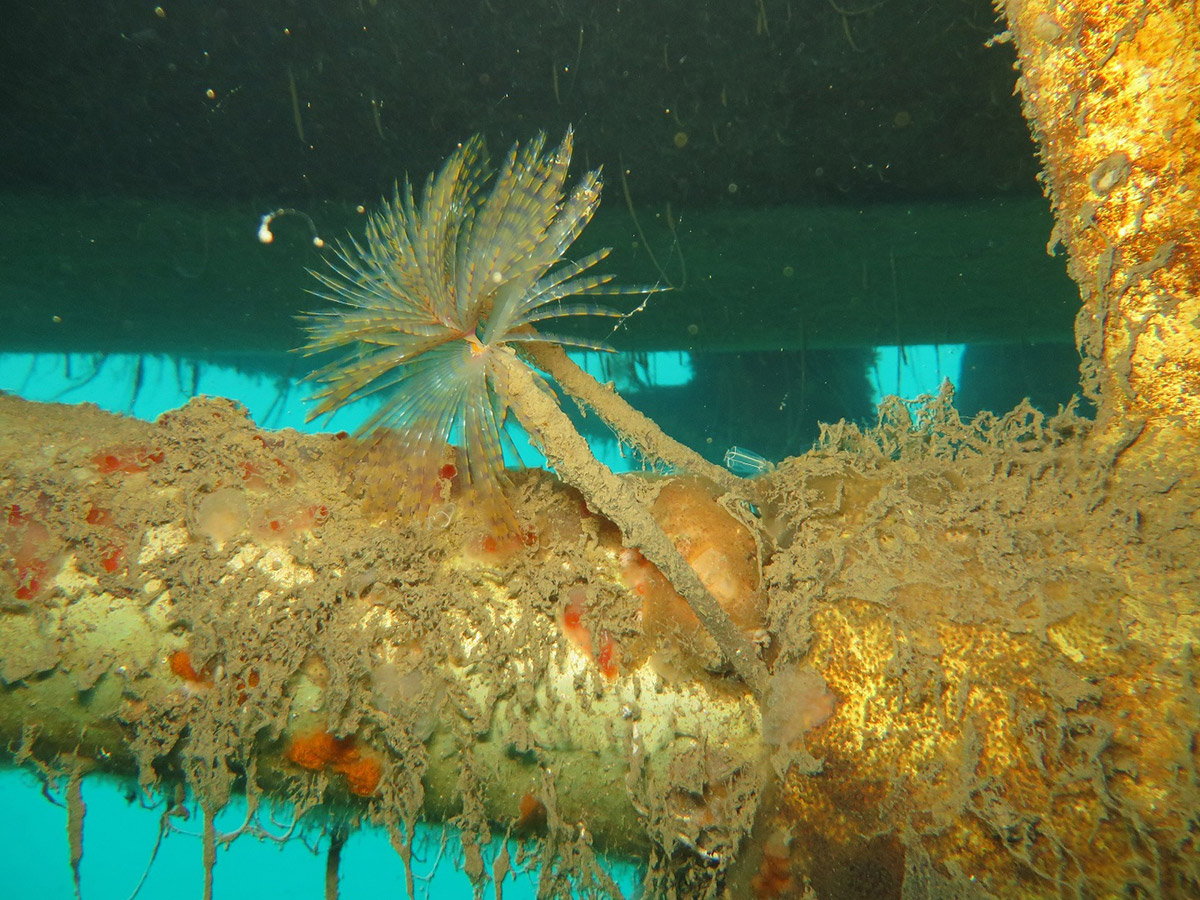This research theme focuses on non-indigenous species (NIS) that slip through the border and become introduced to New Zealand’s aquatic environments. Despite substantial biosecurity surveillance efforts, current approaches often fail to promptly detect risky species before they establish or spread too widely. This delay reduces opportunities for a successful response. This research theme will focus on developing and operationalising molecular surveillance technologies (i.e. sampling devices, designs and strategies) for biosecurity applications in natural, urban, and farmed marine environments.

Supporting effective mitigation
Which types of vessels go where, and how frequently? What is the potential significance of domestic ballast water transport? How well are remote islands, sites of interest within rohe (territory of a Māori community/tribe), marine reserves and other high-value locations connected to areas with known NIS incursions? How is a new NIS likely to spread if an incursion occurs in a particular location, and which approaches for limiting the spread of NIS via maritime traffic are most cost-effective? These are some of the questions the MANAGE & RESPOND theme will address to support effective mitigation of domestic biosecurity risks.
This theme’s objective is to develop novel network-based epidemiological models to characterise the potential spread of NIS throughout New Zealand’s maritime transportation system. ‘Networks’ are commonly used tools in epidemiology and ecology to describe and understand the interactions taking place within and between populations. These purpose-built models in this research theme will help identify the most cost-effective approaches to safeguard New Zealand’s native species, ecosystems, cultural values and primary industries.

Vessel movements into and within New Zealand over a 10-day period in February 2020. The size of the bubbles is proportional to the numbers of arrivals and departures of vessels and the lines show connections between destinations.
Key research activities
We will use a mechanistic pathway modelling approach to describe New Zealand’s maritime transport network. The resulting network model will provide a realistic characterisation of movements of merchant, passenger, recreational, fishing and aquaculture vessels around New Zealand, including the offshore islands within our Exclusive Economic Zone. Utilising information on regional and environmental settings, past spreading patterns of NIS and species characteristics we will then identify the environmental and biological attributes that govern the dispersal of species via the domestic maritime network. These spatially-explicit models will be developed using the species-specific processes of introduction, establishment, and population growth at each site, similar to well-established invasive and epidemic process models. In this way, spread dynamics can be modelled as network-based flows through the real maritime network, incorporating a species’ entire life-cycle.
We will examine a range of model scenarios based on observed or hypothetical incursions of marine NIS. The network analyses applied to New Zealand’s domestic transport system under these scenarios will enable us to:
- Measure and map the potential spread patterns of marine NIS via maritime transport pathways, including geographic and seasonal influences;
- Identify important immunisation sites within the network, highlighting where maximum impact can be achieved through cost-effective intervention approaches;
- Map current and future hot spots of invasions to fast-track prevention and response efforts;
- Discover the natural barriers and structure in the NIS invasions to help adapt and coordinate regional management approaches; and
- Identify key monitoring sites within the network to maintain sustained vigilance.
The models, and the incursion and response scenarios they will be applied to, will be developed and interpreted in collaboration with the programme’s regulatory partner agencies (Northland Regional Council, Auckland Council, Marlborough District Council, Ministry for Primary Industries), Patuharakeke Te Iwi Trust and possibly other relevant end-user agencies.
The MANAGE & RESPOND research theme will support regulatory agencies and maritime industries in adopting cost-effective strategies for domestic marine pathway management – protecting environmental, economic, cultural and societal values associated with New Zealand’s coastal marine systems.

New Zealand’s coastal centres are gateways for travel and trade and connected to one another and hundreds of natural coastal locations via movements of commercial and recreational vessels. Image: Martin de Ruyter

The Mediterranean fanworm (Sabella spallanzanii) and other biofouling organisms on the propeller shaft of a vessel. Image: Marlborough District Council.
